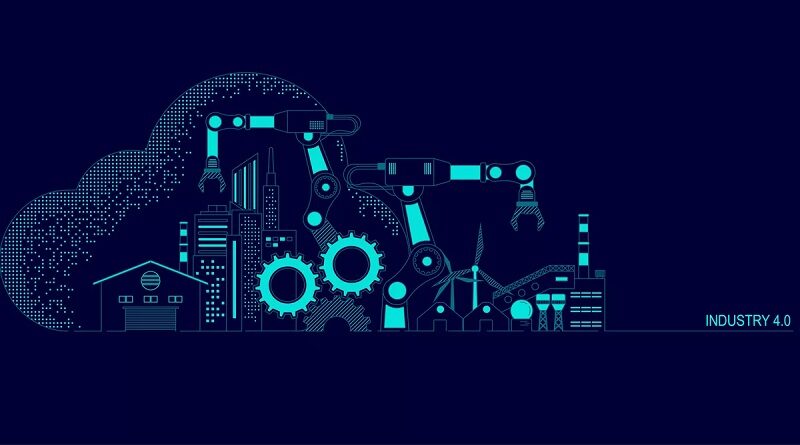How AI powers cloud automation and optimization
While cloud computing enables rapid innovation, it also threatens an organization’s gross margin if cloud resources spiral out of control.
Companies looking to move faster in the market and keep up with customer demands need cloud computing technologies. They offer a tremendous advantage over building data centres and investing a lot of money in capital expenditure for infrastructure.
However, many soon discover how challenging it is to keep cloud spending in check. That is because engineer teams often don’t go through rigorous procurement processes when provisioning cloud resources.
Is overprovisioning an industry standard?
Many cloud environments have significantly over-provisioned infrastructure, often marked by biased infrastructure choices. Humans tend to stick to what they know. When DevOps engineers select the cloud resources, they often pick specific compute or storage types that are either overkill or not required for the application.
This is where automation offers great value to optimizing cloud infrastructure and reducing expenses.
Relying on an automation engine is a smart move. It brings better financial results without any compromises on performance or availability. It also helps engineers focus on what they prefer to do as they no longer have to closely oversee the infrastructure and applications.
And the most efficient engines take advantage of Artificial Intelligence technologies to power their decision-making processes and implement recommendations.
The role of AI in cloud optimization
The efficiency of AI comes from how organizations impose strict boundaries of what an AI solution can do as an entity in the environment. Cloud-native technologies, such as the container orchestration tool Kubernetes, are great candidates for AI automation because they have very strict rules.
It is possible to reason about those rules and build models that affect the compute clusters while following those rules. Doing the same for disparate ad-hoc applications without any rules of engagement would be much more challenging.
Cloud automation is an umbrella term for systems that can provision, scale, manage, and monitor cloud workloads. It’s a set of processes and tools that reduce the team’s manual effort and time provisioning and managing cloud workloads and services.
The main value of automating the cloud setup is eliminating repetitive and manual processes of deploying, managing and monitoring all cloud resources. Manual methods are inefficient and error-prone, leading to troubleshooting that, in turn, affects application availability. In addition, manual cloud deployment might result in security vulnerabilities that can put a company at risk.
Cloud expenses are another area that benefits a lot for automation. An automated cloud cost optimization solution can instantly react to changes in applications’ demand and adjust the resources to avoid cloud waste and overprovisioning.
How does an AI-powered automation engine work?
A cloud automation solution doesn’t rely on a single model covering all possible infrastructure configurations. Instead, the implementation is based on a set of smaller models, each responsible for its own set of intelligence.
Here are a few example use cases that illustrate how AI works in cloud optimization.
Automated scaling of cloud resources
A customer application may experience traffic spikes and valleys of traffic. For example, if it’s an eCommerce application, it might get very busy during the day and slow down at night. Or there could be seasonal surges in traffic during events like Black Friday or Christmas Holidays, while in the first quarter, the infrastructure requirements may drop.
Detecting these patterns is the first step. Next, the team monitors application demands and increases the infrastructure’s capacity to accommodate a spike in traffic or removes resources when the number of users drops.
AI models can instantly react to these changes and create the infrastructure to allow the application to run smoothly, even when thousands of users show up out of the blue.
Avoiding cloud waste
Many teams face orphaned instances with no ownership or shadow IT projects with poorly accounted for resources. Such “zombie” infrastructure is still activated and generates a monthly bill, but you get zero value from the assets.
Cloud automation can identify such zombie IT infrastructure and address the problem before it snowballs into a massive cloud bill at the end of the month.
Benefiting from Infrastructure as Code
Automating Infrastructure as Code (IaC) is another use case for cloud automation. In IaC, IT infrastructure is defined in configuration files and launched automatically in line with that configuration. Configuration files undergo the same processes as source code -they need to be kept in version control, managed, tested, and developed.
Cloud automation processes can draw from resource pools and define common configuration items (such as virtual machines or private networks). Next, they can load these application components and services into the configuration items and assemble them to create an improved operational environment.




